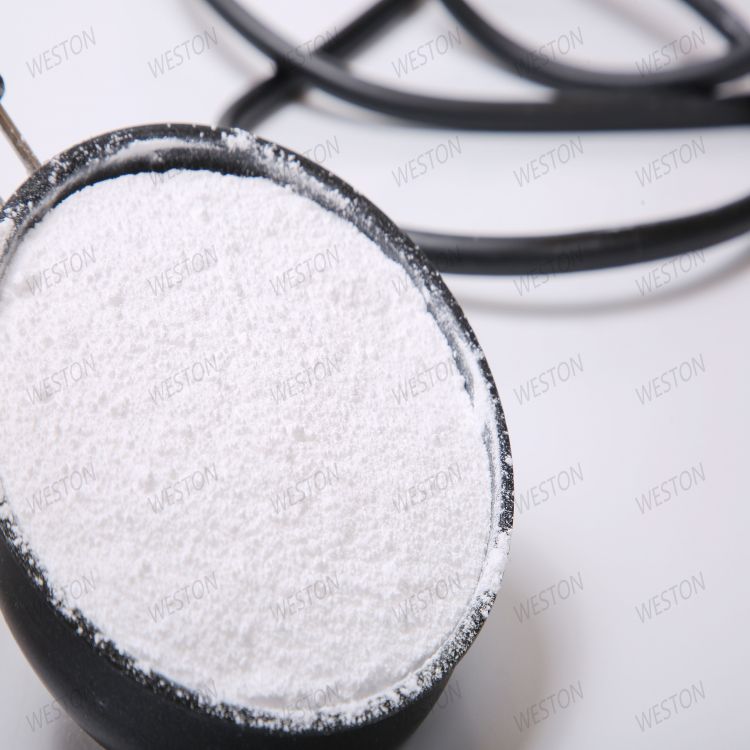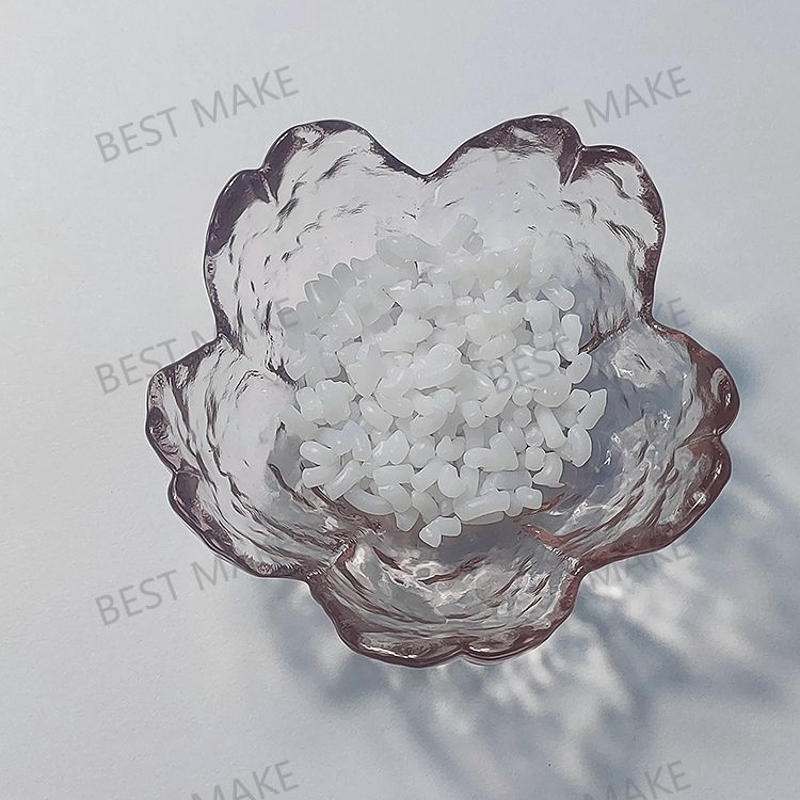-
Categories
-
Pharmaceutical Intermediates
-
Active Pharmaceutical Ingredients
-
Food Additives
- Industrial Coatings
- Agrochemicals
- Dyes and Pigments
- Surfactant
- Flavors and Fragrances
- Chemical Reagents
- Catalyst and Auxiliary
- Natural Products
- Inorganic Chemistry
-
Organic Chemistry
-
Biochemical Engineering
- Analytical Chemistry
- Cosmetic Ingredient
-
Pharmaceutical Intermediates
Promotion
ECHEMI Mall
Wholesale
Weekly Price
Exhibition
News
-
Trade Service
9.
3.
3.
1 Biological sludge zero discharge technology
(1) Membrane bioreactor (MBR) treatment process.
An ideal sewage treatment method is to remove the organic matter in the waste water and at the same time make the generated sludge degradable, so that the concentration of the suspended matter in the treated water is directly discharged without precipitation.
Related to the relevant emission standards
.
Membrane bioreactor can trap all biological sludge in the reactor, thereby prolonging the sludge retention time.
The sludge age can theoretically be infinite, which improves the internal respiration rate of sludge and helps reduce the appearance of sludge.
(2) The new porous microbial carrier wastewater treatment technology is another convenient way to extend the sludge age by using porous microbial carriers to capture the sludge microorganisms in a flowing state
.
At the same time, the use of a certain size of porous microbial carrier can achieve the coexistence of aerobic and anaerobic microorganisms, which is more conducive to the use of synergistic effects between different microorganisms.
According to similar principles, Japanese scholars have proposed an easy-to-operate in-situ degradation of excess sludge.
9.
3.
3.
2 Zero discharge technology of chemical sludge
It mainly uses advanced oxidation technology to reduce sludge, including ozone oxidation, chlorine oxidation, photo-Fenton reagent oxidation, supercritical water oxidation and wet oxidation
.
(1) Ozone Oxidation Ozone has strong oxidizing properties, is a good cell lysis agent, and strengthens the recessive growth of bacteria
.
Since ozone has the strongest oxidizing ability among the commonly used water treatment oxidants, and the product of ozone oxidation reaction is oxygen, there is no secondary pollution, which makes ozone popular in sludge reduction technology.
The common process is to oxidize ozone with combined biological treatment processes, such as ozone - activated sludge process, ozone -A / O process, -SBR ozone process, the ozone -MBR process or the like
(2) Chlorine oxidation The principle of using chlorine to reduce sludge is the same as that of ozone, that is, using oxidizing properties to rupture microbial cells and promote recessive growth
(3) When the photo-Fenton reagent oxidation photo-Fenton reaction is used for sludge reduction, part of the sludge is mineralized into CO 2 and H 2 O, and the other part is dissolved into biodegradable organic matter.
Related link: Uncoupling technology for reducing excess sludge







